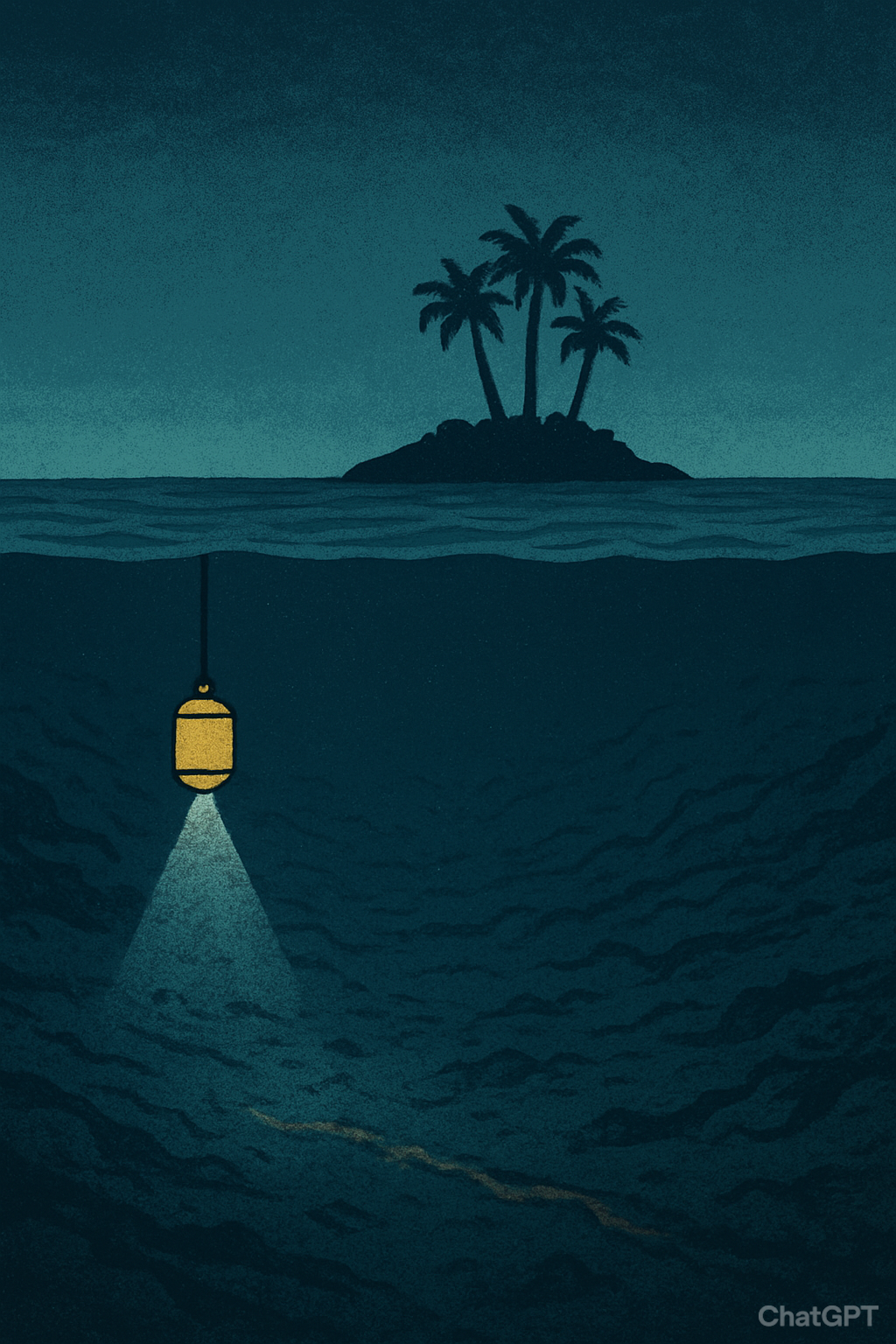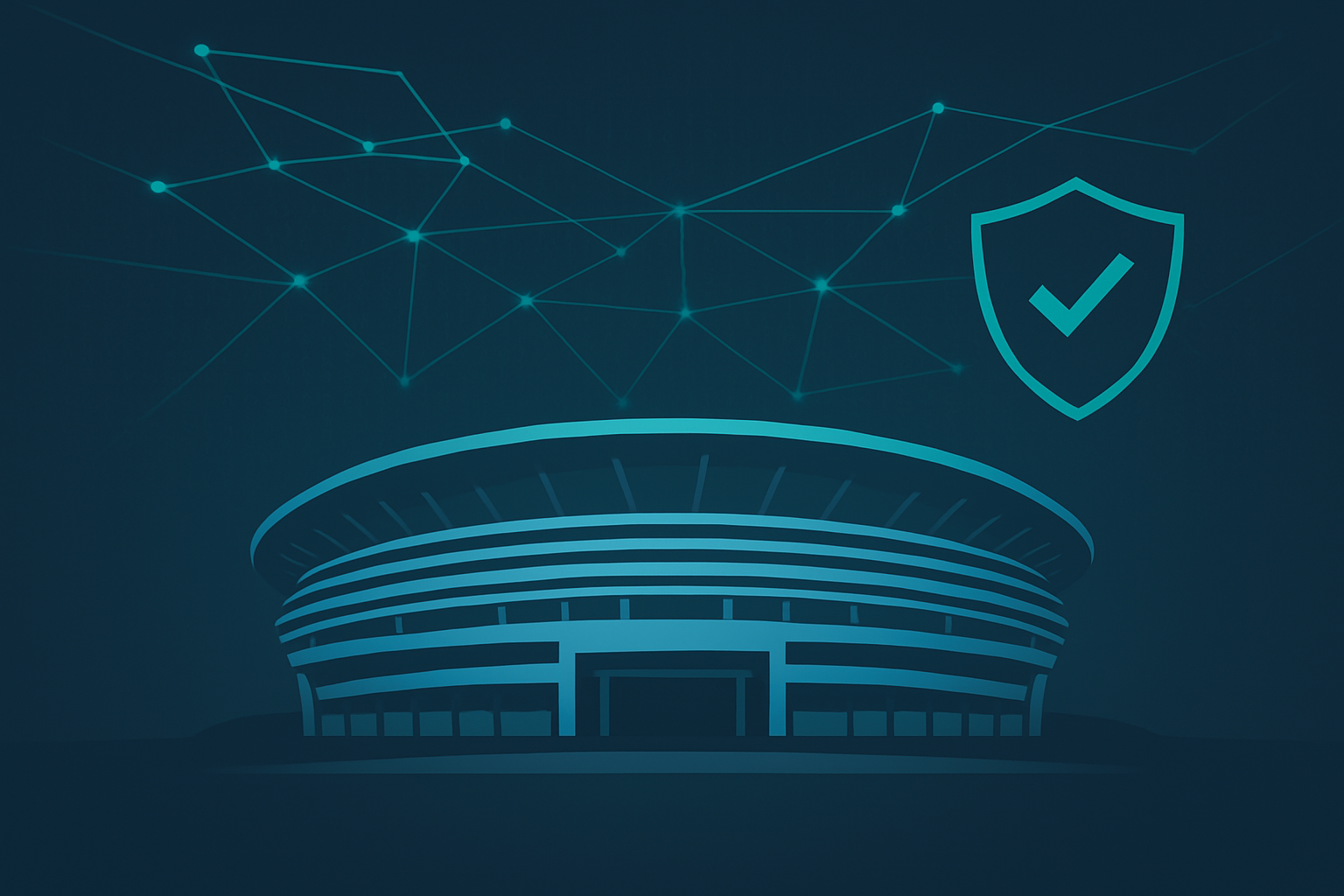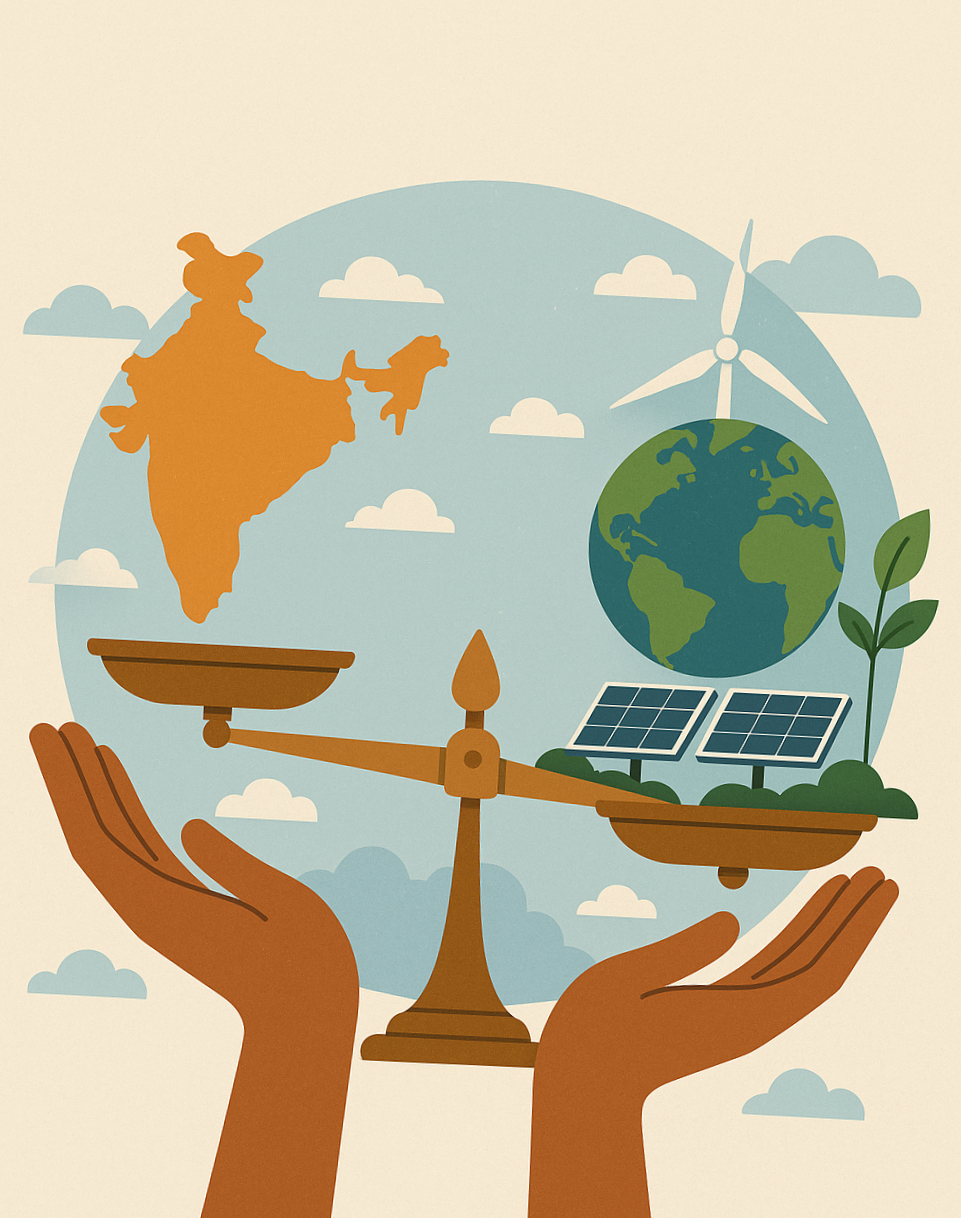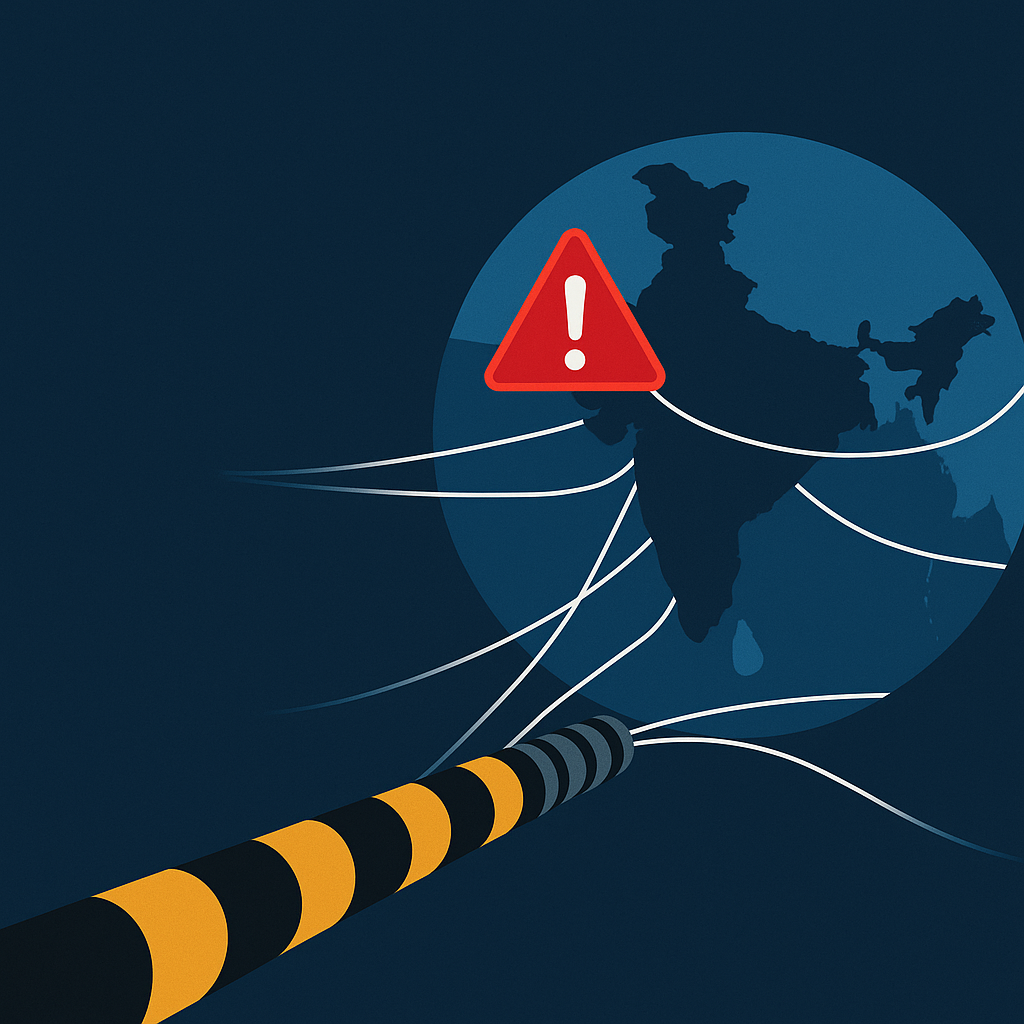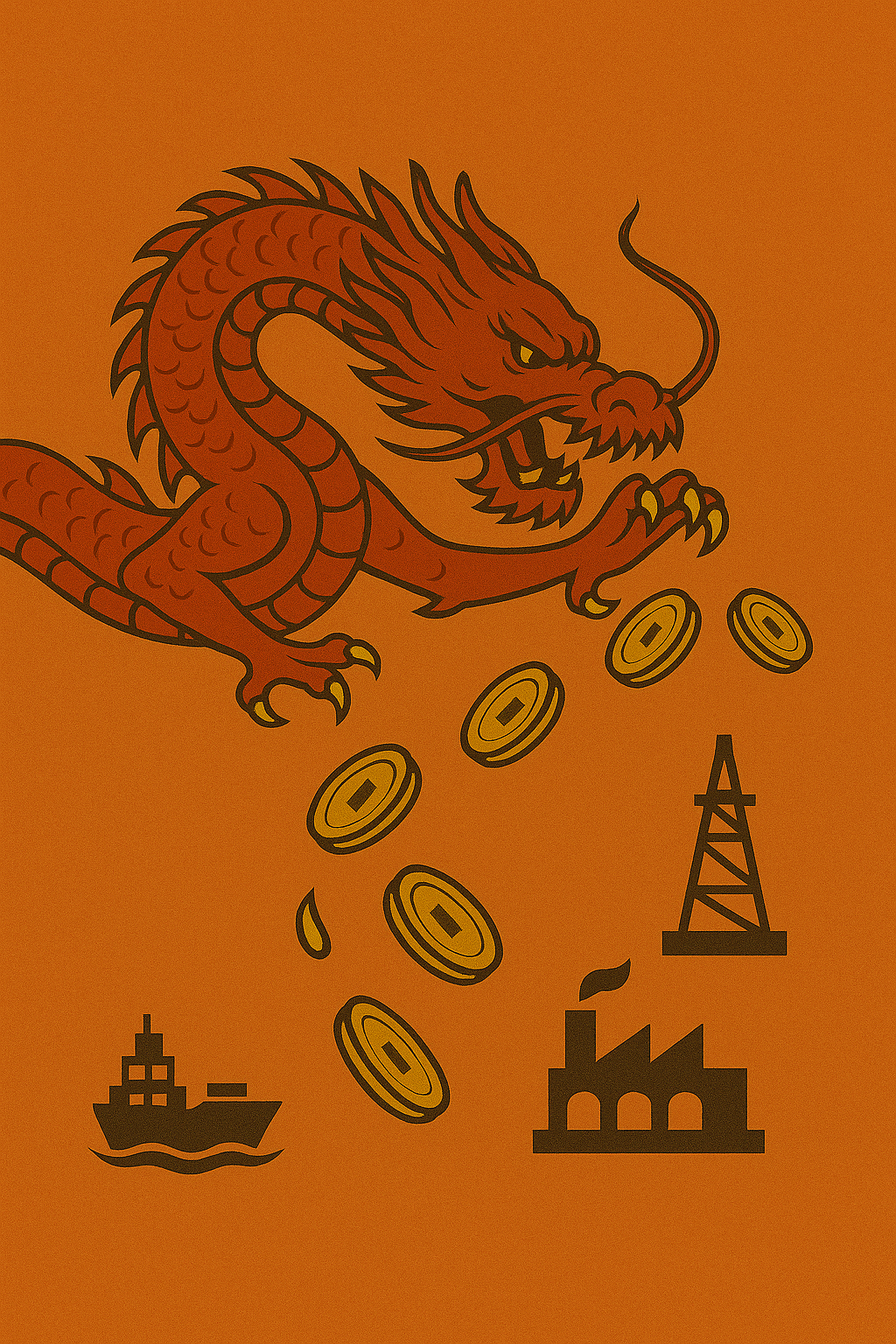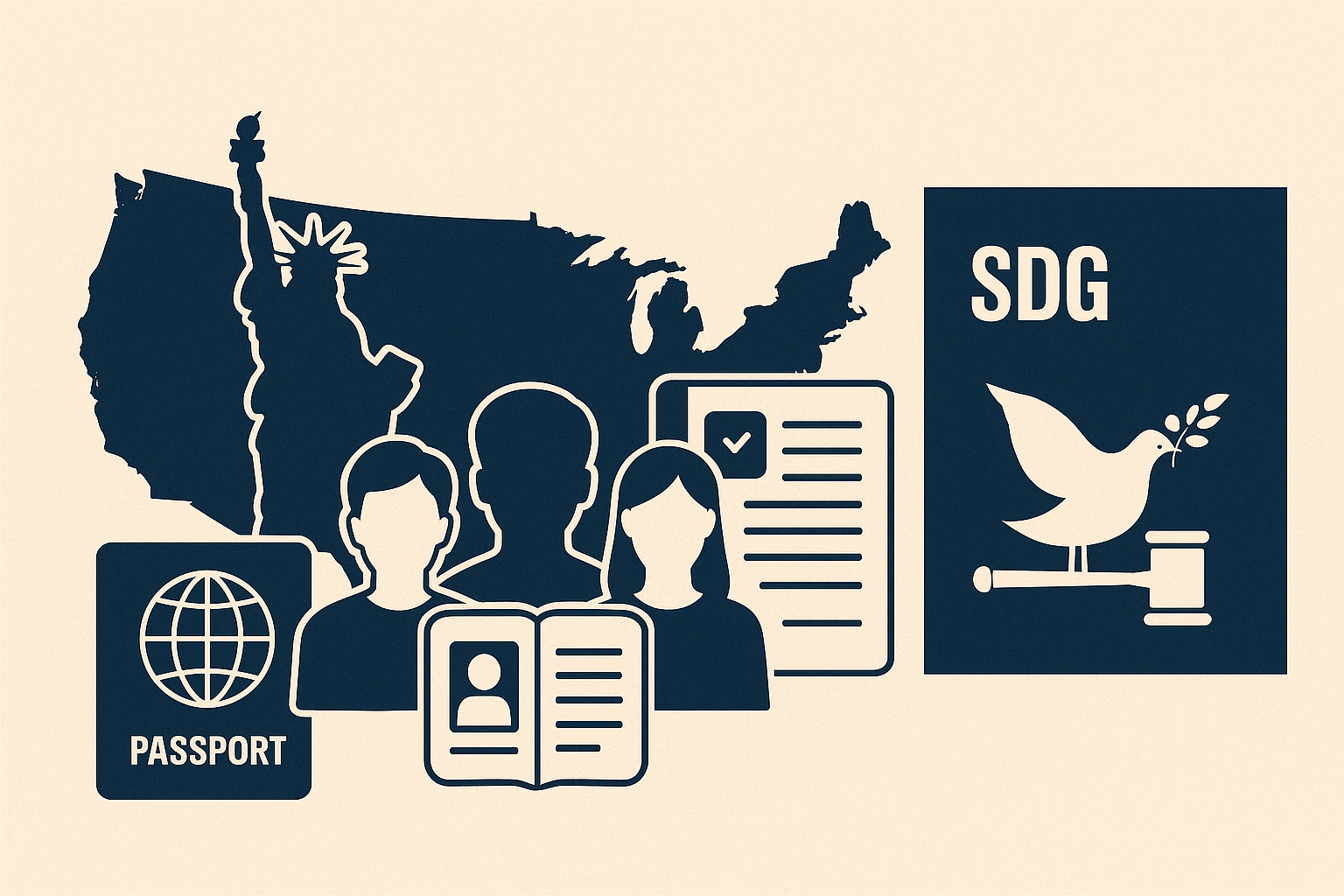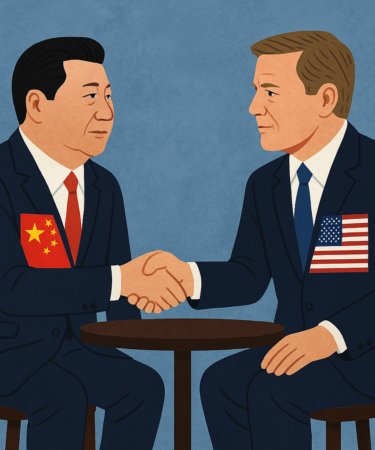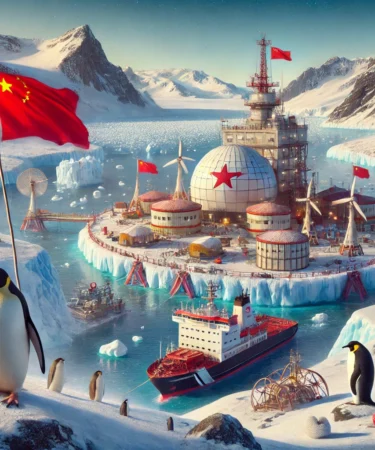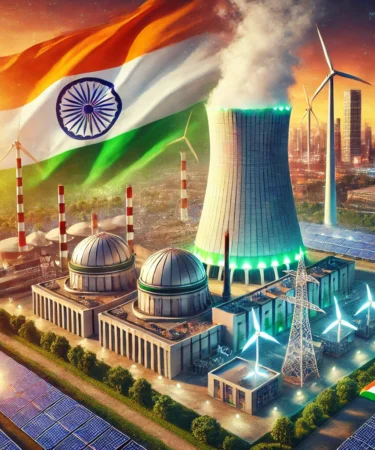In the aftermath of the Pulwama suicide attack and the developments thereafter, China has been the target of substantial public anger in India. There are many reasons why this is happening; the most important one being China’s repeated blocking of the United Nations Security Council (UNSC) resolutions concerning designation of Jaish-e-Mohammad chief Masood Azhar as …

Winning the Battle, but Losing the War?
If a counterterrorist operation is analogous to bowling a good cricket over, then what constitutes a good over? A wicket and 30 runs? Or, no wicket but a maiden over? Common-sense would obviously make the latter desirable. When you juxtapose counterterrorist operations to this cricket scenario, we have a similar expectation. The number of terror …

Modi’s Airstrikes Have Called Pak’s Nuclear Bluff
He needs to call the bluff of those who cry out that Kashmiris must be given full rights across India, but other Indians must not have the same rights in Kashmir. The myth that only pressure from the “international community” has prevented GHQ Rawalpindi from using the nuclear option against India continues to operate, …

Pakistan Army Alarmed by Change in India’s Response to Terror
With the IAF strikes, uncertainty has been brought into the operational planning matrix of GHQ Rawalpindi’s asymmetric war on India. Early in the morning of 26 February, Indian Air Force (IAF) aircraft launched a precision strike on a Jaish e Mohammad (JeM) training camp in Balakot (Khyber-Pakhtunkhwa) in Pakistan. Previously, the camp had been …

Did the Second Trump-Kim Meeting in Vietnam Achieve Anything?
The second meeting between the United States (US) President, Donald Trump and North Korean leader, Kim Jong-un in Vietnam during February 27-28, 2019 has garnered more attention from the international community as compared to the first one. The last summit was held in June 2018 in Singapore. However, even though there was a lot of …

The Question of Denuclearization of the Korean Peninsula: Where is it Heading?
The New Year started with renewed debates and discussions on the progress and direction of the denuclearization of the Korean Peninsula. After the Kim-Trump summit in June 2018, there has not been any significant progress towards denuclearization and normalization of the Korean Peninsula. However, the developments at the beginning of 2019 have shown that increased …

Xi Jinping Challenges Donald Trump to Battle over Taiwan
It is clear from President Xi’s New Year speech on Taiwan that he believes that PLA is battle ready to unify Taiwan with Mainland China by force. During the first five-year term of former Chinese President Hu Jintao, the People’s Liberation Army (PLA) began its program of “Anti-Access Area Denial” (A2AD) against United States …

India-China Relations: Is There a Thaw?
Even though the trade war between the US and China is escalating and has taken the centre stage of the international discourse, the word Doklam does not seem to have escaped the media’s attention in the context of India-China relations. It is more than one year since the People’s Liberation Army (PLA) invaded Bhutan’s territory …

Chinese Reform and Opening up at Forty: Achievements and Challenges!
2018 marks the 40th anniversary of China’s reform and opening up policy, which was introduced under the leadership of Deng Xiaoping and was described by him as China’s ‘second revolution’. China has achieved a lot in the last 40 years. From being one of the poorest countries in the world in 1978, China is now …

Safeguarding Indo-Pacific from Trump’s Disruptive Tactics
Donald Trump has done more damage than good to the Asian security architecture and is likely to do more of the same. Not only that, this process is also hurting India’s long term interests because it is damaging the value of the idea of the Indo-Pacific as an open and inclusive construct and not an architecture …
